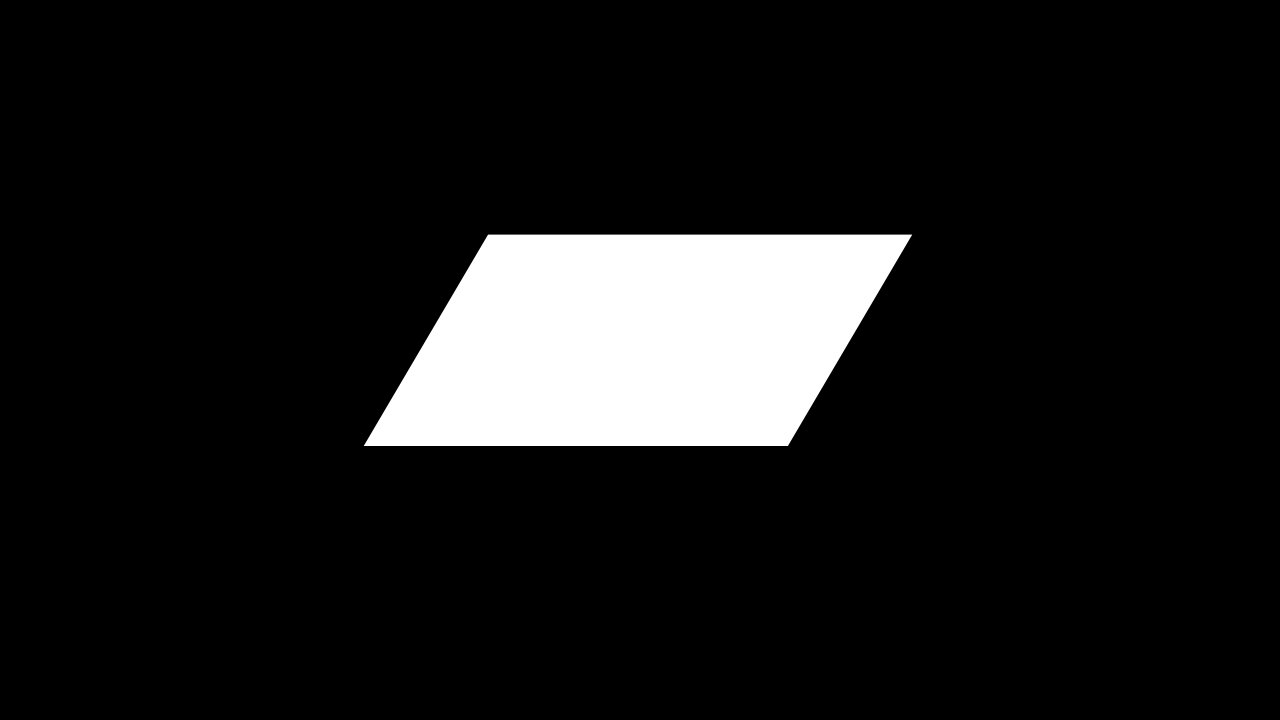The Complete Web Development Roadmap for Beginners (Frontend, Backend & Fullstack)
If you're just starting your journey into the world of coding, one of the most exciting and in-demand paths you can take is web development. It powers everything from personal blogs and e-commerce stores to massive social media platforms. But how do you go from a total beginner to someone who can build full-fledged websites and applications? In this blog, we’ll cover a detailed yet beginner-friendly roadmap divided into three clear sections: Frontend, Backend, and Fullstack development. Let’s dive in!
Why Web Development?
- High demand: Businesses need websites, portfolios, dashboards, and web apps.
- Flexible career: You can work freelance, remote, full-time, or build your own projects.
- Creative freedom: Build visually beautiful and functional sites.
- Low entry barrier: No need for a CS degree. Just your laptop and internet.
Part 1: Frontend Development Roadmap (The User Interface)
Frontend development refers to the visual and interactive part of a website that users see. It’s what happens on the client side.
1. HTML (HyperText Markup Language)
- Learn semantic HTML (using proper tags)
- Practice building layouts: portfolios, blogs, landing pages
2. CSS (Cascading Style Sheets)
- Learn Flexbox, Grid, Media Queries
- Understand how to create responsive designs for mobile devices
- Explore animations and transitions
3. Tailwind CSS (Modern Utility-first CSS Framework)
- Learn how Tailwind differs from normal CSS
- Practice building UI elements like buttons, cards, and navbars
4. JavaScript (JS)
- Learn variables, loops, conditionals, functions
- DOM manipulation (changing HTML elements dynamically)
- Event handling (clicks, inputs, etc.)
5. Version Control with Git & GitHub
- Use Git commands (add, commit, push, etc.)
- Create repositories and host code
6. Responsive Design & Mobile First
- Use Media Queries and responsive units (%, rem, vw)
- Mobile-first development ensures faster loading and better UX
7. Frontend Framework: React JS
- Learn about Components, Props, State, Hooks
- Build small projects like Todo App, Weather App, Calculator
Part 2: Backend Development Roadmap (Behind the Scenes)
Backend is everything the user doesn’t see: databases, servers, and business logic.
1. Node.js (JavaScript runtime for the backend)
- Understand modules, NPM, and asynchronous programming
- Learn how to set up a server
2. Express.js (Backend framework for Node)
- Learn routing, request/response cycle, middleware
- Build RESTful APIs
3. Databases
- Learn MongoDB (NoSQL): collections, documents, queries
- OR MySQL/PostgreSQL (SQL): tables, rows, schemas
4. Authentication & Security
- Learn about JWT (JSON Web Tokens), bcrypt, sessions
- Protect sensitive routes and user data
5. API Design & Testing
- Learn REST principles
- Test APIs with tools like Postman or Thunder Client
Part 3: Fullstack Development (Combine Frontend + Backend)
Why go Fullstack?
- Build complete apps
- Understand end-to-end development
- Better job opportunities
What to Learn Next:
- Combine React (frontend) + Node/Express (backend) + MongoDB
- Learn deployment: Host frontend (Vercel, Netlify), backend (Render, Railway, Cyclic)
- Learn advanced topics: routing, state management, file uploads
Project Ideas:
- Todo List with login
- Blog platform
- Chat App with WebSockets
- Portfolio site with contact form
Tools & Tips
- Code Editor: Use VS Code
- Browser DevTools: Learn how to debug with them
- Use YouTube, Blogs, Docs: Never stop learning
- Practice daily: Even 1 hour a day adds up
- Build real projects: Don’t stick to tutorials forever
Final Thoughts
Learning web development is a marathon, not a sprint. It might seem overwhelming at first, but if you follow this roadmap step by step, you’ll find it incredibly rewarding. Start with HTML/CSS, make projects, add JavaScript, then move to backend. Eventually, you’ll be able to build amazing fullstack apps.
And remember: consistency beats perfection.
Happy coding! 🚀








